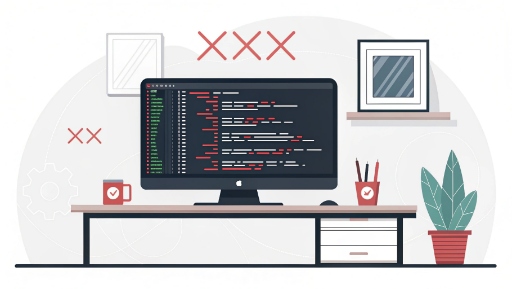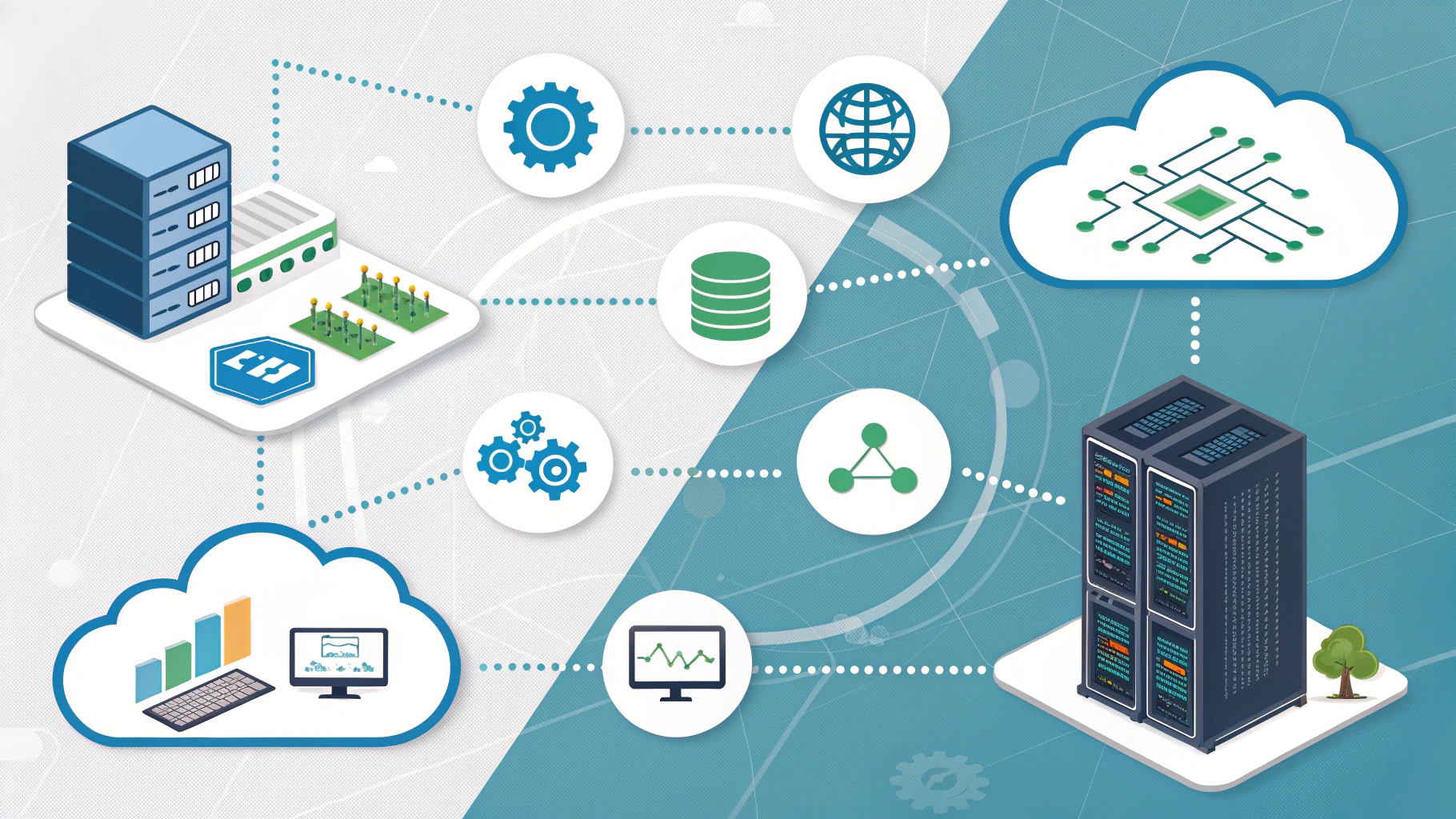
Summary:
Small businesses are frequent targets for cyberattacks due to often having weaker security systems than larger enterprises. To protect your company, it’s critical to implement strong cybersecurity strategies. Key steps include conducting a cybersecurity audit, using strong passwords with multi-factor authentication, training employees to recognize threats, regularly updating software, and backing up data securely. Tools like antivirus software, firewalls, VPNs, and SIEM systems are affordable ways to boost cyber protection for SMBs. Developing a clear cybersecurity policy and limiting network access can further strengthen defenses. Being proactive now can prevent devastating breaches later, making cybersecurity an essential investment for any small business.
In today’s digital age, small businesses are increasingly targeted by hackers. Many entrepreneurs believe they are too small to attract cybercriminals—but that misconception is precisely what makes them vulnerable. Implementing strong small business cybersecurity measures is no longer optional; it’s essential for survival.
In this guide, we’ll walk you through practical, effective ways to prevent hacking, strengthen your defenses, and ensure your cyber protection for SMBs aligns with modern threats.
Why Are Small Businesses a Target?
Small businesses often lack the robust security infrastructure that large corporations invest in, making them easy pickings for cybercriminals. According to the Verizon 2023 Data Breach Investigations Report, over 43% of cyberattacks are aimed at small businesses.
Hackers know:
- Small businesses use third-party vendors (with shared access)
- They rarely have a dedicated IT team
- They’re less likely to have up-to-date defenses
1. Conduct a Cybersecurity Audit
Before implementing any changes, evaluate your current vulnerabilities. A cybersecurity audit helps identify:
- Unprotected devices
- Outdated software
- Weak password practices
- Lack of firewalls or antivirus
You can hire a cybersecurity consultant or use automated tools like SecurityScorecard to assess your risk profile.
2. Strengthen Password Policies
Weak passwords are the #1 entry point for hackers. Use these best practices:
- Require employees to use strong, unique passwords (12+ characters)
- Implement multi-factor authentication (MFA)
- Use a password manager like LastPass or 1Password
Set reminders to update passwords every 60-90 days.
3. Invest in Cybersecurity Tools
You don’t need a huge budget to secure your digital assets. These affordable tools help prevent hacking:
| Tool Type | Recommended Tools | Purpose |
| Antivirus | Bitdefender, Norton | Blocks malware and ransomware |
| Firewall | pfSense, Ubiquiti | Filters inbound/outbound traffic |
| VPN | NordVPN, ExpressVPN | Encrypts internet activity |
| Backup | Acronis, Backblaze | Restores data after a breach |
These tools form the core of cyber protection for SMBs.
4. Train Your Employees
Employees are often the weakest link in cybersecurity. A single click on a phishing email can compromise your entire network.
Actionable tips:
- Host quarterly cybersecurity training
- Share real-life examples of scams
- Encourage a “zero trust” policy—verify before clicking
Use platforms like KnowBe4 to simulate attacks and test employee readiness.
As part of training, it’s also important to keep your team updated on current and emerging threats. For a broader view of risks your business may face, check out our detailed guide on the Top 10 Cybersecurity Threats to Watch in 2025. And if you’re building a policy that emphasizes strong access control, our Beginner’s Guide to Zero Trust Security is a must-read for implementing modern defense strategies.
5. Update Software Regularly
Outdated software is full of security holes. Enable automatic updates for:
- Operating systems (Windows, macOS, Linux)
- Antivirus and firewall software
- Web browsers and plugins
- Mobile apps
Cybercriminals actively scan for unpatched systems, especially in small business environments.
6. Implement Data Backups
Having secure, regular backups can save your business if you suffer a ransomware attack. Follow the 3-2-1 rule:
- Keep 3 copies of your data
- Store data on 2 different media types
- Have 1 copy offsite or in the cloud
This ensures business continuity no matter what happens.
7. Limit Access & Permissions
Not every employee needs access to every system. Segment your network and restrict user permissions to minimize damage if an account is compromised.
Use role-based access control (RBAC) to manage user privileges effectively.
8. Secure Your Wi-Fi Network
Hackers can breach your system just by accessing your Wi-Fi. Protect it by:
- Changing the default router name and password
- Enabling WPA3 encryption
- Hiding the SSID (network name) if not needed publicly
- Using a guest network for visitors
These small tweaks go a long way in preventing hacking attempts via network intrusion.
9. Develop a Cybersecurity Policy
Formalize your defenses in writing. Your policy should cover:
- Password and device usage rules
- Remote work security protocols
- Incident response plan
- Data handling and privacy practices
This ensures all employees know what’s expected and how to act during a security event.
10. Monitor and Respond to Threats
Install a security information and event management (SIEM) tool to monitor activity in real-time. Early detection can prevent minor issues from becoming major breaches.
Popular tools include:
- Splunk
- LogRhythm
- SolarWinds
If you don’t have the resources in-house, consider partnering with a Managed Security Service Provider (MSSP).
Conclusion: Cybersecurity Is a Business Essential
Cyberattacks can cripple a small business. But with proactive steps—strong passwords, employee training, secure networks, and data backups—you can create a robust small business cybersecurity framework. The cost of inaction far outweighs the investment in prevention.
Staying alert and updated is your best defense to prevent hacking and protect your livelihood in a connected world.
FAQ
Q1. Why do hackers target small businesses?
A1:
Hackers often target small businesses because they typically have fewer security resources, outdated systems, and less formalized cybersecurity policies, making them easier to exploit.
Q2. What are the first steps a small business should take to improve cybersecurity?
A2:
Start by conducting a cybersecurity audit, securing all passwords with multi-factor authentication, installing updated antivirus and firewall systems, and training employees about phishing and social engineering attacks.
Q3. How can employees help prevent hacking attempts?
A3:
Employees can prevent hacking by using strong passwords, being cautious about suspicious emails, following company cybersecurity policies, and participating in regular training to stay aware of the latest threats.
Q4. What cybersecurity tools should small businesses invest in?
A4:
Small businesses should invest in antivirus software, firewalls, VPNs, secure backup solutions, and optionally, a security monitoring system (SIEM) to protect against various types of cyber threats.
Q5. How often should small businesses update their software?
A5:
Software updates should be applied as soon as they become available. Critical patches should never be delayed because hackers often exploit vulnerabilities in outdated software.
Q6. What should a small business do if they experience a cyberattack?
A6:
Immediately disconnect affected systems from the internet, contact a cybersecurity professional, assess the breach, notify affected parties (if necessary), and review and strengthen security protocols to prevent future incidents.
Learn more from the U.S. Small Business Administration’s Cybersecurity for Small Businesses page:







